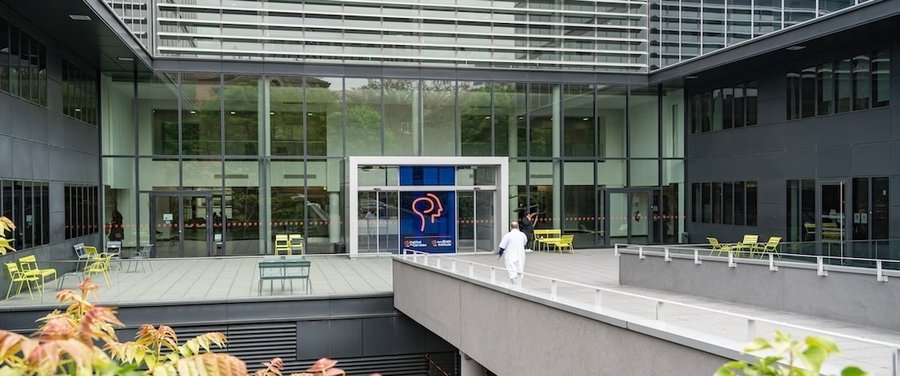PhD Brain Mosaicism Affecting the mTOR Pathway (F/M)
Le poste
Descriptif du poste
CONTEXT
Focal cortical dysplasia type II (FCDII) is associated with severe pediatric focal epilepsy and is classified among the mTORopathies, as FCDII brains exhibit hallmarks of mTOR hyperactivation. FCDII-associated epilepsy is typically resistant to anti-seizure medications, and patients ultimately require neurosurgical resection of the epileptogenic zone for seizure control, enabling direct analysis of diseased tissue.
The Baulac Lab is one of the pioneers in identifying brain somatic mutations in FCDII, affecting various genes belonging to the mTOR pathway and responsible for its hyperactivation. However, approximately 40% of FCDII cases remain genetically unsolved. Moreover, the cell type and developmental origin of FCDII abnormal cells are still poorly understood.
MISSIONS:
Under the supervision of the Research Director, the PhD candidate will be responsible for the following tasks as part of the DC6 project:
- Identify new genes involved in FCDII and belonging to the mTOR pathway.
- Determine which brain cell types are affected by these mutations to define the timing of their occurrence during development.
- Assess the impact of abnormal mTOR pathway activation on cell-specific transcriptomes.
- Perform deep bulk sequencing on surgical brain tissues from FCDII patients who have undergone surgery to control seizures (existing biobank).
- Identify somatic mutations using a targeted (>3000x) panel of mTOR pathway genes. In panel-negative cases, a deep whole-exome sequencing (>500x) or whole-genome sequencing (>50x) will be conducted.
- Perform laser-capture microdissection to isolate cell populations from frozen resected brain tissues to determine which cell types are enriched for the mutation.
- Conduct single-nucleus RNA sequencing on FCDII cases (at least 10 cases and 5 postmortem controls), coupled with genotyping using long-read sequencing to determine which cell types carry the mutations.
- Possible travel required.
Profil recherché
- Master’s degree or equivalent passed before the starting date with required international mobility.
- The candidate must not have spent more than 12months in France in the past 3 years.
KNOWLEDGE
- Strong background in neuroscience, molecular biology, and/or genetics
- Proficiency in sequencing techniques and bioinformatics analysis
- Understanding of cellular signaling pathways, particularly the mTOR pathway
- Fluency in scientific English (written and oral) required, French is an asset
- Advanced skills in genomic and transcriptomic data analysis
- Knowledge of bioinformatics tools for high-throughput sequencing analysis
SKILLS
- Ability to identify cell types involved in epileptogenesis and determine the developmental origin of abnormal cells found in FCDII tissues.
- Ability to elucidate the molecular and cellular mechanisms disrupted by mTOR-activating mutations.
SOFT SKILLS
- Scientific rigor and autonomy
- Ability to work in a multidisciplinary team
- Intellectual curiosity and creative problem-solving skills
- Effective organization and time management for complex projects
Envie d’en savoir plus ?

Rencontrez Benjamin, Post-Doctorant

Rencontrez Céline, Chercheuse, Médecin déléguée, co-directrice du Centre d'investigations cliniques
D’autres offres vous correspondent !
Ces entreprises recrutent aussi au poste de “Recherche fondamentale et appliquée”.



